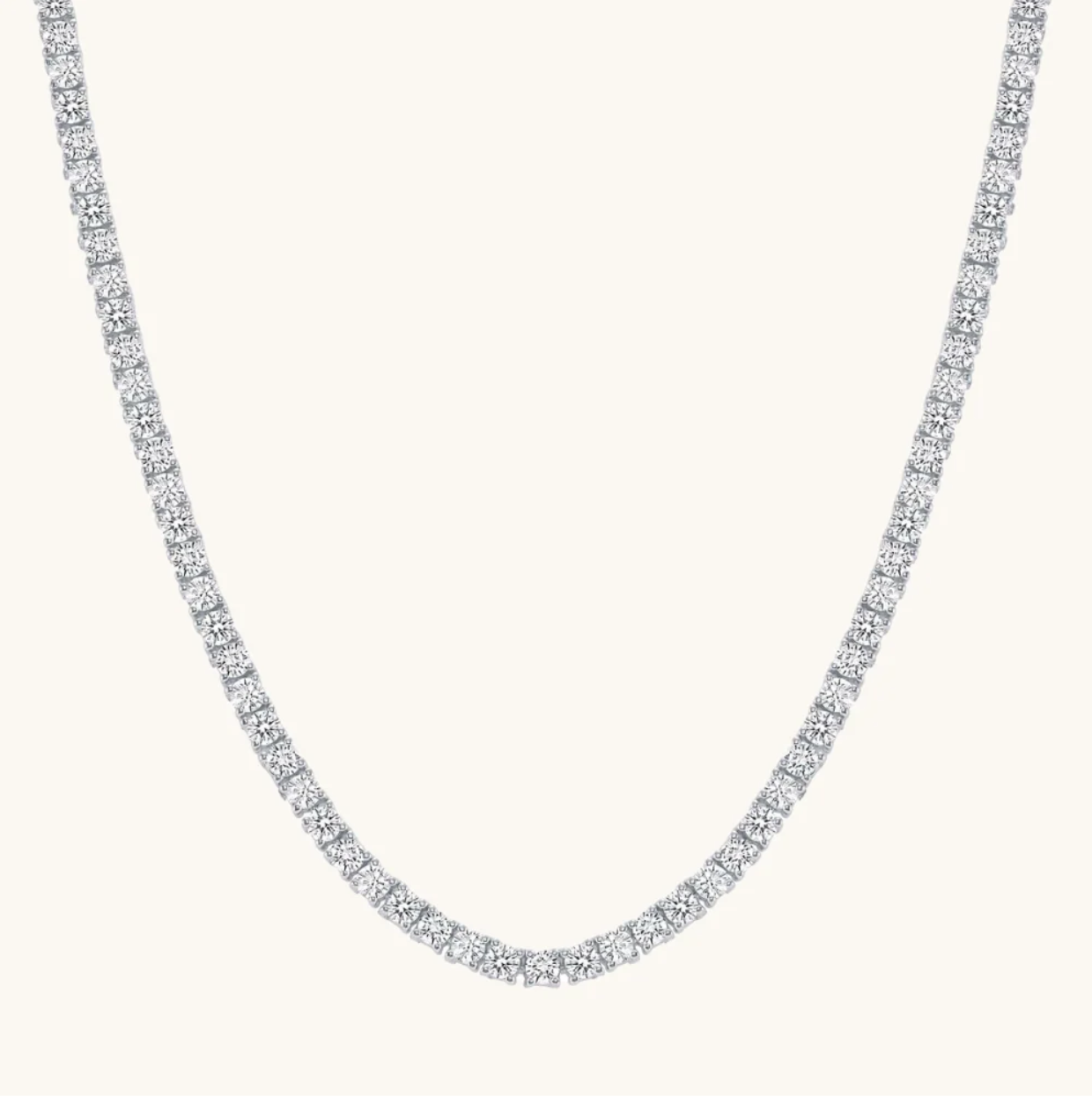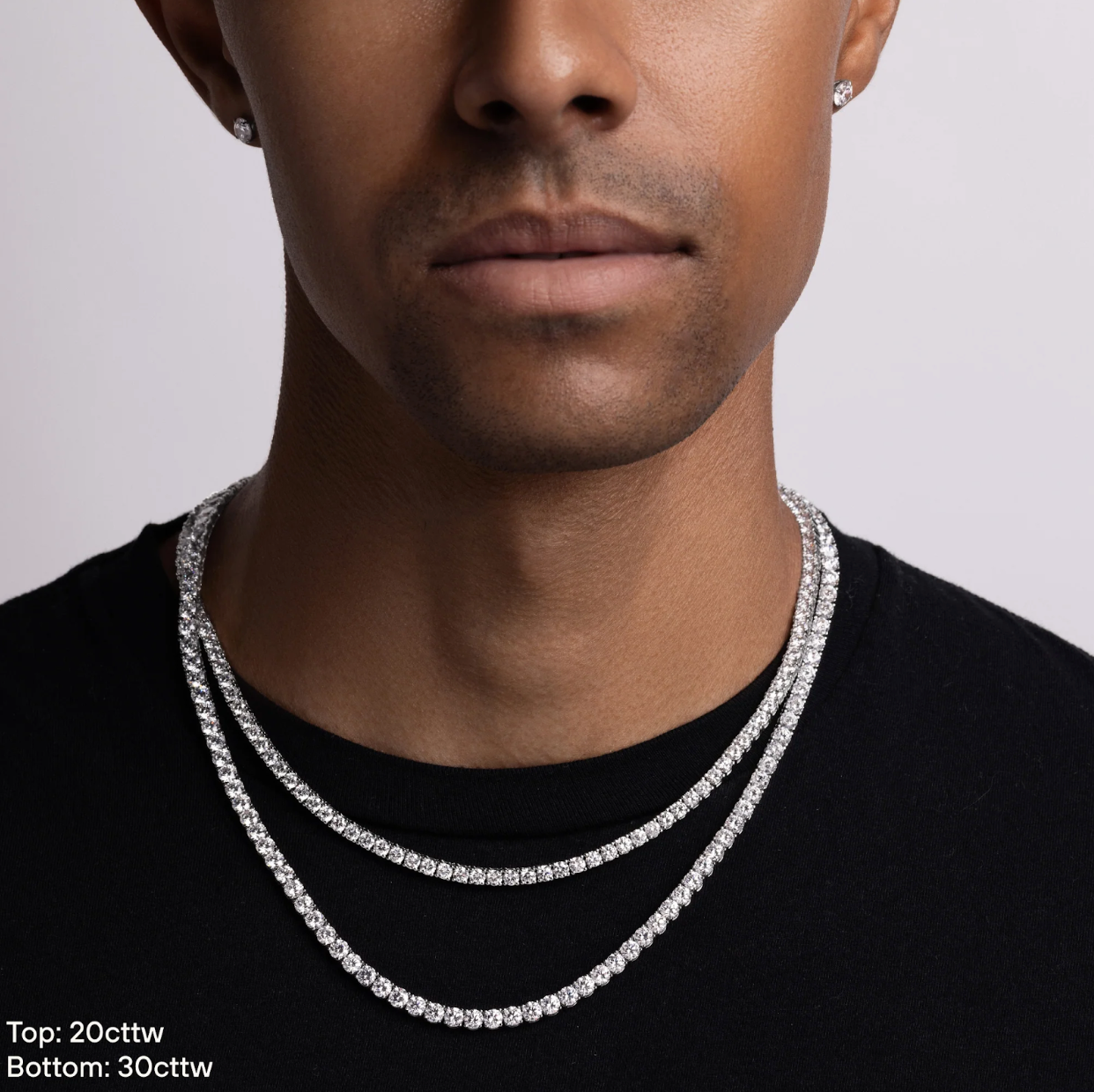A watch collector must be familiar with various watch terminology. Understanding the terms allows a person to be better immersed in the art of watch collection. This also improves one’s ability to distinguish a luxury watch from a standard one.
With the many words you can come across within the watch world, it can be confusing and intimidating for the unversed individual. Have no fear! Everyone starts somewhere to become a master of a craft. You can consult this list of watch terminology to arm yourself with popular watch knowledge.
Top 70 Watch Term List
- Alarm
Makes a sound at a set time
- Analog Display
Simple hand and dial watch showing the time
- Aperture
Displays some information like date, month, day, and moon phase in the watch dial
- Automatic Winding/Automatic
A mechanical timepiece that winds the watch with the motion of the user’s wrist. This type of watch functions when it is worn. If not worn for several days, it’ll stop working. The movement of the wrist is what sets the watch’s gears to move.
- Band
Or watch band. It refers to the bracelet or strap of the watch
- Balance Spring
A part of the mechanical watch that moves the balance wheel to its neutral spot
- Balance Wheel
Divides time into equal parts in a mechanical watch
- Bezel
The ring found on top that circles the dial and crystal. A watch’s bezel is often made from metals like gold, platinum, and stainless steel, while some may have ceramic inserts.
- Bi-directional Rotating Bezel
A bezel that can move clockwise or counterclockwise to help track the time elapsed
- Bridge
A plate or bar that holds the inner gears of a mechanical watch
- Caliber
Another word for movement used to denote a specific size and/or style of watch movement
- Case
Storage place for the watch movement. It protects the movement from shocks and knocks and may resist water too.
- Caseback
The bottom part of the watch case. It provides access to the internal components of the watch including the battery. Enlist the help of a reputable watch repair if you’re usure how to open your caseback. Some casebacks are made from transparent materials that allow you to see how internal gears function and move.
- Chronograph
A watch with a stopwatch function that allows you to time an event
- Crown
A protruding button on the side of a watch’s case that sets the time on mechanical watches by winding.
- Crystal
The cover protecting the dial. It can be made from several materials such as glass, sapphire, synthetic sapphire, and acrylic. Some are scratch-resistant.
- Cyclops
A lens on the watch crystal makes the date appear bigger
- Day-Date
A watch feature that shows the date and day of the week
- Day/Night Indicator
Usually found in a world time watch that indicates the time zone in daytime and nighttime
- Deployant Buckle
A type of buckle that contains hinge extenders. It closes by folding on itself and clasping.
- Destro
Refers to a watch that should be worn only on a right wrist
- Dial
Also called a watch face. Part of the watch that shows the time and hands. It also shows the date and other markings that the watch wants to display.
- Digital Watch
A type of watch that does not contain a dial and hands. Instead, it displays a numerical value of the time.
- Dive Watches
A water-resistant timepiece made specifically as a diving watch
- Escapement
Manages the wheel rotation to control the motion of the hands in a mechanical watch
- Flange
Similar to a bezel, but is located on the inside of a dial that surrounds the edge of the case. Usually, it is the same color as the dial and serves either an added function or a decorative purpose.
- Fly-back Hand
Additional seconds hand in a chronograph watch. It moves together with the primary seconds hand but can be stopped without ending the chronograph function. This feature is useful for people who need to record multiple times in succession.
- Frequency
In watch terminology, frequency refers to the speed at which the watch beats. It is measured in either hertz (Hz) or vibrations per hour (VpH).
- Gasket
A ring used to seal the gaps between the case, caseback, crown, and crystal. It prevents water and dust from entering the watch.
- Gear Train
The gear system that shifts power from the watch’s mainspring to the escapement
- Guilloche
Intricately intertwined lines are often seen in watch dials as an engraved ornamental pattern
- Hacking Seconds
Known as “stop seconds.” It stops the seconds hand whenever the crown is pulled out to reset the watch.
- Hand-wound
A mechanical watch that does not wind automatically. A hand-wound watch requires the owner to manually turn the crown to wind the mainspring.
- Hour Markers
Numerals and/or symbols around the dial that indicate the hours
- Indices
Instead of numeral markers, indices are used around the dial to represent the hours
- Jewels
Functions as bearings of gears to reduce friction in a mechanical watch. Jewels can be rubies or sapphires.
- Lugs
Protruding parts on a watch case where the band or strap is attached
- Luminescence
Luminescence provides the watch’s ability to glow in the dark. It is mostly applied to an hour marker, indices, and hands so that one can know the time even when it’s dark.
- Mainplate
The base where all parts are mounted in a mechanical watch
- Mainspring
The torsion spring of a watch that stores and supplies the power when the watch is wound. It is located inside the barrel.
- Mechanical Movement
A watch movement that is mechanical. It works through the functions of the mainspring and balance wheel.
- Perpetual Calendar
A calendar feature that adjusts the calendar to accommodate various month lengths and leap years
- Power Reserve Indicator
Shows the remaining power of a mechanical watch movement. It indicates the time left until the watch needs to be wound again.
- Pusher
A knob that starts, stops, or resets the chronograph mechanism in a chronograph watch
- Quartz Movement
A movement where a quartz crystal oscillates to power a quartz watch. In a quartz movement, the main components of a watch are the quartz crystal, stepper motor, microchip circuit, and battery.
- Regulator
Makes the time more precise by regulating the beats
- Repeater
It chimes the time when a button in a watch case is pushed down. A minute repeater can chime the hour, quarter-hour, and minute.
- Retrograde Hand
An indicator on a dial that forms a part of a circle rather than a whole circle. Once it reaches its full cycle, it goes back to its starting point by moving backward.
- Rider Tabs
Markers around the bezel that function as a reminder of a set time or departure time
- Rotor
A part of an automatic watch that continuously spins to wind the mainspring
- Sapphire Crystal
Sapphire crystals is harder than mineral crystal and provide scratch-proof protection. However, they are more brittle and may crack faster.
- Screw Back
A feature where the caseback is screwed into place to cover and protect the internal workings of the watch
- Screw-Down Crown
A crown that can be screwed to keep the watch more resistant to dust and water
- Shock Absorber
A bearing found in a watch that functions to absorb shocks and protects the internal components from getting broken
- Shock Resistance
The ability of a watch to resist a strong impact from an external factor
- Slide Rule
A revolving bezel that can do simple equations such as multiplying and dividing two numbers, converting exchange rates, and miles to kilometers.
- Small Seconds Dial
A display of seconds using a small subsidiary dial not coming from the center of the watch.
- Spring Bar
A spring-loaded metal bar between the case lugs. It is used to attach a watch strap or bracelet.
- Split Seconds Chronograph
A chronograph watch with two hands. One hand can be stopped to point out an immediate time while the seconds hand continues to run even when the other is stopped.
- Stem
Connects the movement’s winding mechanism.
- Sub-Dial
Found on a dual time watch has a minuscule dial placed inside the main dial on the timepiece to show information like an alarm, chronograph, calendar, etc.
- Sweeping Seconds Hand
A seconds hand that sweeps the entire dial of the timepiece and is mounted at the center of the watch’s dial.
- Swiss Watch
A watch made in Switzerland, or a watch that meets high-quality standards under the Swiss trademark law. There are many Swiss luxury watch brands like Rolex and Patek Philippe available in North America.
- Tachometer
Markings on a bezel or a graduation on a dial that allows the user to determine or calculate the speed in a chronograph watch.
- Tang Buckle
A watch closure that is similar to a man’s conventional belt with holes for a perfect fit on the wrist
- Tongue/Tang
A moveable metal piece in a tang buckle that goes through the holes in the leather strap band
- Tritium
A harmless yet slightly radioactive substance that gathers light to provide hands and markers a glow in the dark feature
- Uni-directional Rotating Bezel
A bezel that shows elapsed time and moves in a counterclockwise direction only. This type of bezel is often found on divers’ watches.
- Wheel
A pinion inside the watch that revolves around an axis to transfer power
- Winding
The act of tightening the mainspring of a timepiece either manually or automatically
Whether you love to wear dress watches or have a pocket watch collection. From Rolex and Audemars Piguet to Seiko and G-Shock, watch lovers of all kinds should be well-versed in watch lingo. Familiarizing yourself with the terminology in this watch glossary will make you a master in the watch world. Keeping these details in mind, take out a favorite watch and try to point out each watch part if you can.





Share:
How to Polish Your Watch
Patek 5070G-001: A Collector's Dream